- Markforged Onyx Filament Review & Alternatives [2024] - December 11, 2024
- 17 Best Professional 3D Printers: Commercial, Desktop, & Industrial [2024] - December 10, 2024
- Best 3D Printers (Industrial, Desktop, & More) [2024 Guide] - July 20, 2024
Desktop 3D printers are a great option for those who want to create small-scale models and high-quality prototypes at a more affordable price point. With the right desktop 3D printer, it’s possible to safely achieve professional-quality prints without a large initial investment.
This article will review some of the best desktop 3D printers on the market today, including their features, benefits, and limitations. But first we’ll start with a quick overview of desktop 3D printing.
Benefits of Desktop 3D Printing
3D printing offers many benefits to designers, engineers, and entrepreneurs. Some benefits include:
Accessibility
Desktop 3D printers are more accessible than industrial machines due to their affordability and compact sizes. Users can print out objects from the comfort of their offices or homes without having to outsource or a high initial investment.
Beginners can also get access to the space by using hobbyist desktop 3D printers with even lower costs and user-friendly features.
Affordability
3D printing can be more cost-efficient in comparison to traditional manufacturing processes. This additive manufacturing technology produces only what is needed, reducing waste and minimizing costs. It can also create products at much faster speeds, which can reduce lead times and increase production output.
Desktop 3D printers, given their size, are also especially affordable, especially in comparison to outsourcing 3D printing which can be both expensive and inefficient. In-house industrial 3D printers can also be prohibitively expensive, at five, six, and seven-figure prices.
High Speed and Throughout
Depending on the type of 3D technology being used, desktop 3D printers can offer ultra fast print speeds. Desktop 3D printers using Masked Stereolithography (mSLA) technology in particular can print complex designs and prototypes quickly without sacrificing quality.
Nexa3D’s Lubricant Sublayer Photo-curing (LSPc ®), a patented mSLA variant technology, combines a light array and collimated optical lens layer to ensure light uniformity at an ultrafast speed. This allows Nexa3D’s desktop 3D printer to print at top speeds of up to 18 cm per hour with a build time of just 87 minutes.
Challenges of desktop 3D printing
Businesses who lack the resources to purchase professional 3D printers may end up using less expensive hobbyist 3D printers. While often easier to use at a more affordable price point, they often can’t meet the quality demands and print speed required for production.
Desktop 3D printers that use Fused Deposition Modeling (FDM) technology can also create some challenges. Often, the final product has layer lines that are much more visible. While post-processing can help remove this, it may affect the final dimensions of the printed part.
Plus, most FDM desktop 3D printers cannot print parts smaller than 100 microns and usually stick to 200 microns for best reliability. This means that any tiny features smaller than 100-200 microns aren’t printed onto the part. For comparison, desktop resin 3D printers can print at resolutions as low as 10 microns, leading to finer features, a reduced need for post-processing, greater part complexity and detail, and smoother surface finishes.
Best Desktop 3D Printers
Here’s a review of some of the top desktop 3D printers for professionals and hobbyist.
1. Nexa3D XiP

Nexa3D XiP is best for professionals seeking an affordable, reliable, and fast desktop 3D printer. The XiP combines a compact footprint with a 4.8L print volume to deliver high-quality prototypes to your desktop.
The XiP printer runs on Lubricant Sublayer Photocuring (LSPc®) technology to achieve ultra-fast printing speeds that are 10 times faster than other leading desktop 3D printers. The LSPc® technology has a self-lubricated membrane that eliminates forces between parts during printing, enabling faster print speed without sacrificing the print quality or surface finish.
Many professionals prefer the XiP for its high-precision printing capabilities and its open material platform. The XiP is also an affordable professional 3D printer, with printing packages starting at $6295.

Pros:
- Users can print at speeds of up to 180 mm per hour.
- XiP has a large build volume of 4.8L (195 x 115 x 210 mm).
- XiP is produced from aluminum materials that make it recyclable.
- Easily upgradeable and easy to operate.
- Open material platform (allowing third-party resins).
- Builders get in-built wash packages for post-process.
Cons:
- The XiP is aimed at professional users, not 3D printing hobbyists, since it requires a certain level of technical training.
Request a free XiP sample part.
2. Bambu Labs X1
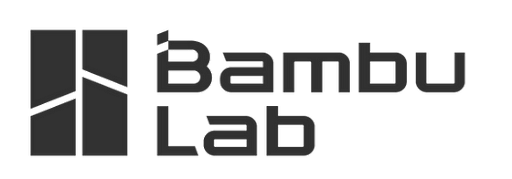
Bambu Labs X1 is a desktop 3D printer for small businesses and professionals that offers dual extruder technology and a build volume of up to 256 × 256 × 256 mm³. The X1 supports both PLA and ABS filament materials, runs on Slicer OS, and uses open-source technology.

Pros:
- Offers good build quality.
- The printer has a friendly user experience.
Cons:
- X1 uses fused deposition modeling technology, which is less advanced than the mSLA 3D printing technology.
- X1 is relatively expensive for its features.
- Can have more material waste than other 3D printers.
3. Formlabs Form 3+

Formlabs Form 3+ is a desktop 3D printer using low-force stereolithography 3D printing technology. The Form 3+ is an evolution of Formlabs’ first-generation laser-based system and comes with a build volume of 145 x 145 x 185 mm. It’s equipped with an optical system so it can print with clear and accurate details and uniform layer lines.
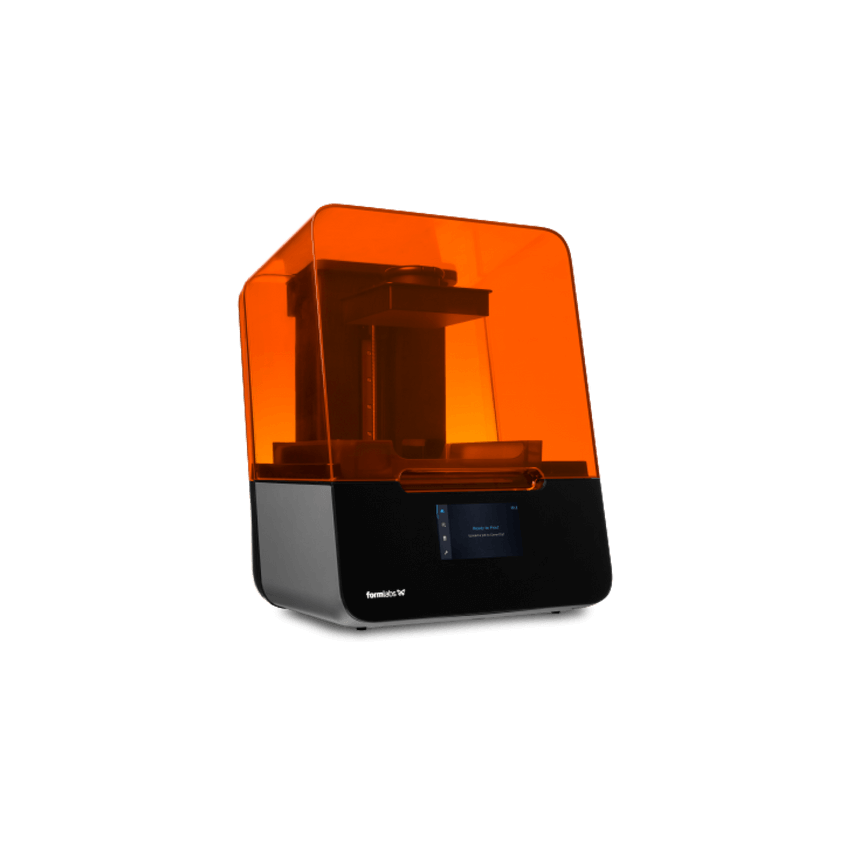
Pros:
- It offers good print quality and an optimized workflow.
- It is relatively affordable.
Cons:
- Forms 3+ has a closed material platform that only allows Formlabs’ branded resins.
- It has a smaller 3.8L build volume compared to other leading 3D desktop printers like the XiP.
- Not a modular design: if one component fails, you have to replace the entire printer.
Read more: Formlabs Form 3+ vs Nexa3D XiP
4. Ultimaker S3

Ultimaker S3 has a build volume of 230 x 190 x 200 mm and an open material platform that accommodates various materials including nylon, polycarbonate, thermoplastic polyurethane (TPU), and polyethylene terephthalate glycol-modified (PETG). It also comes with swappable 0.4-to-0.8mm nozzles that allow users to reach the right resolution for their parts.

Pros:
- Swappable nozzles that offer flexibility in terms of resolution.
- An open material platform allows for a broad range of materials and sizes.
Cons:
- It’s relatively expensive compared to other desktop 3D printers on the market.
- It has limited connectivity options for other devices and networks.
5. Original Prusa i3 MK3S+

The Original Prusa i3 MK3S+ is the latest model from Prusa and provides a wide range of features for its price. It offers a build volume of 250 ×210 ×210 mm (9.84″×8.3″×8.3″) and the printer supports various materials including PLA, ABS, PC (Polycarbonate), CPE, and PVA/BVOH.
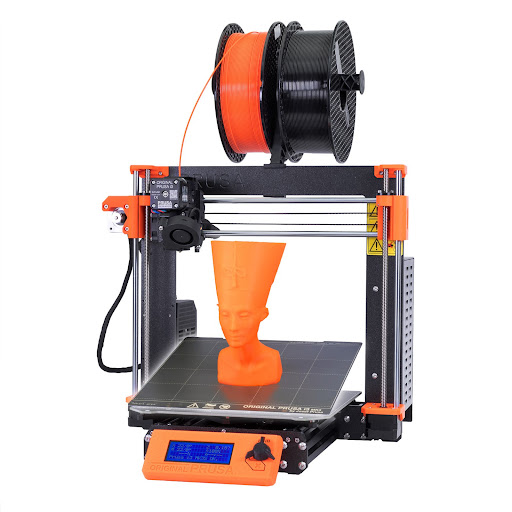
Pros:
- It uses a fully enclosed frame to protect prints from drafts and dust.
Cons:
- As a filament-based printer, it may not achieve high-quality surface finish.
- It has limited customization options for parts.
6. Anycubic Photon M3 Plus
![]()
The Anycubic Photon M3 Plus offers a 5.9L build volume measuring 245 x 197 x 122 mm. This device comes with a 6K LCD resolution and an open material platform that can accommodate different materials, such as PLA, PETG, TPU, and metal.
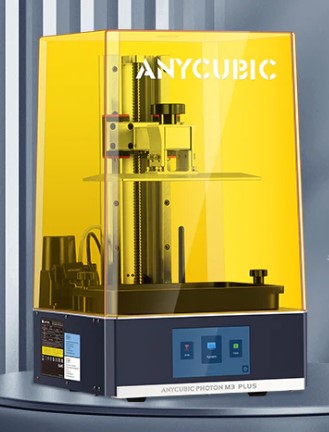
Pros:
- It has a small footprint and is light in weight.
- It supports various materials like PLA, ABS, PETG, etc.
Cons:
- Its build area is not large enough for larger parts.
- It has an average print speed when compared to other professional 3D printers.
7. MakerBot Method X 3D
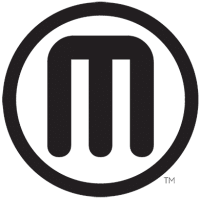
The MakerBot Method X 3D printer is a professional desktop 3D printer with a build-head temperature control system offering a 152 x 190 x 196 mm build volume. It features dual-extruder technology and supports materials such as PLA, ABS, PETG, and TPU.

Pros:
- The printer has a touchscreen interface for easy operation.
Cons:
- The printer is relatively expensive.
- It runs on FDM technology, which can have both speed and quality issues.
More About Desktop 3D Printers
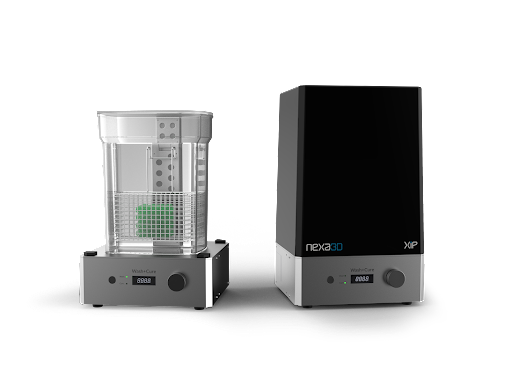
Best 3D printer for miniatures
Users looking to print miniatures and intricate parts should consider the Nexa3D XiP desktop 3D printer. The printer offers high accuracy and detail due to its proprietary Lubricant Sublayer Photocuring (LSPc®) technology and can print at a resolution of 0.050 mm (.002”) / 0.100 mm (.004”) / 0.200 mm (.008”) with a 52µm Pixel Size.
Best 3D printer for beginners
For beginners and hobbyists, the Anycubic Photon M3 Plus can be a good choice. It offers a build volume of 245 x 197 x 122 mm and supports PLA, ABS, TPE, and PC filament materials. The printer also has an LCD screen for easy operation and slicing speeds that can help you create parts with complex geometry.
Best professional 3D printer
The Nexa3D XiP desktop 3D printer is the best choice for professionals looking for an advanced desktop 3D printer. The XiP is a winner due to its exceptional speed, ability to print over 6.5 times more than other 3D printers, and industrial-grade components, which provide optimized usability, serviceability, and upgradability.
Choose the best desktop 3D printer
Choosing the best desktop 3D printer depends on the printing needs and requirements. Users should consider the build volume, materials supported, printing speed, and quality before deciding.
This is why Nexa3D offers the best desktop 3D printers for a wide range of applications. The XiP is the best option that provides high accuracy, reliability, and performance, offering industrial-quality 3D printing at an affordable desktop price. No matter what your needs are, Nexa3D is sure to have a perfect solution.
Request a free sample part to experience this incredible 3D printing technology.
